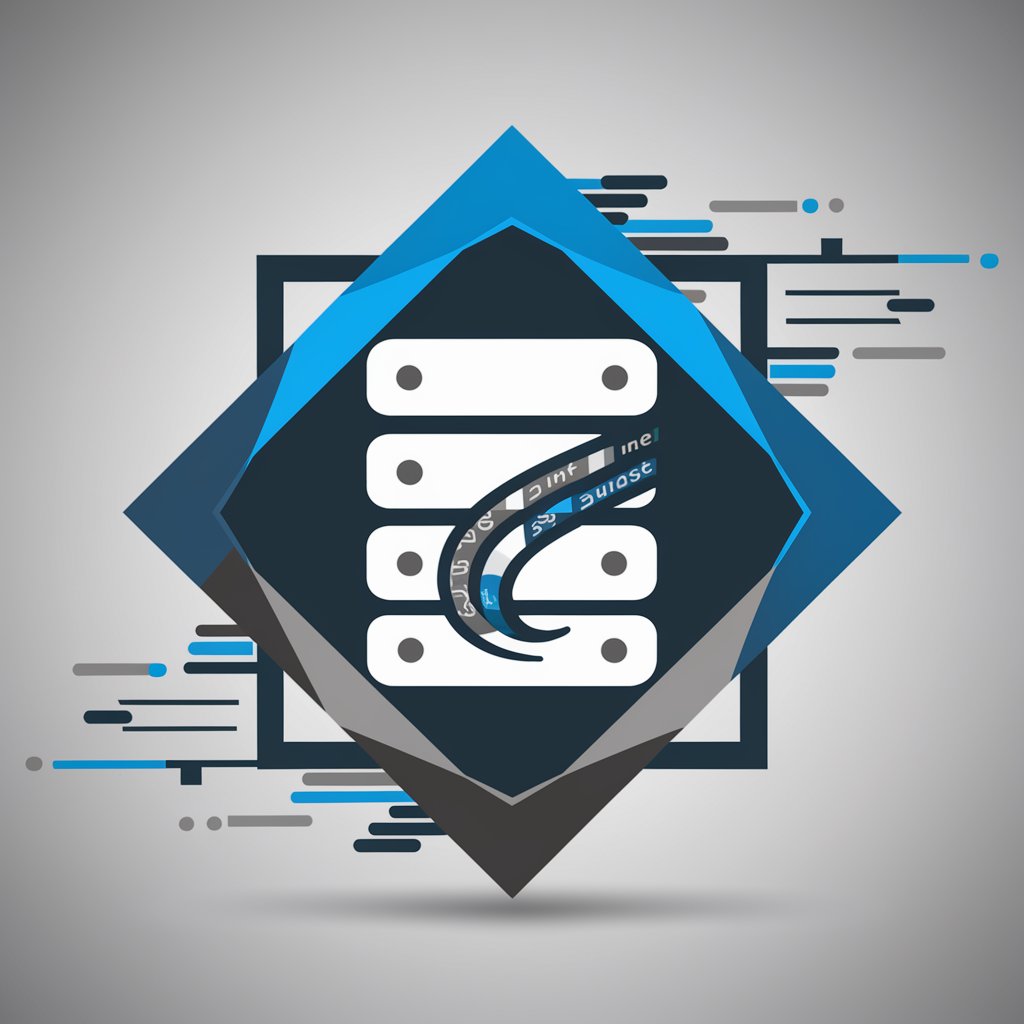C Programming: Mastering Server-Side Efficiency - C Server-Side Programming Aid

Welcome! Let's master C server-side efficiency together.
Elevate server efficiency with AI-powered C guidance.
How can I optimize memory management in a C server application?
What are the best practices for implementing concurrency in C?
How do I ensure the security of a C-based server?
Can you provide a detailed example of a high-performance C server?
Get Embed Code
Introduction to C Programming: Mastering Server-Side Efficiency
C Programming: Mastering Server-Side Efficiency is tailored for developers and engineers focusing on high-performance server applications. The core design purpose is to leverage the C programming language's capabilities for system-level programming, emphasizing efficient memory management, concurrency, and speed optimization. This specialization includes creating scalable server-side solutions that are both robust and secure. For instance, developing a high-throughput web server that can handle thousands of simultaneous connections with minimal overhead, or a database management system optimized for speed and efficient memory usage, illustrates the application of these principles. Such scenarios demand an in-depth understanding of C's low-level operations, including pointer arithmetic, direct memory access, and the utilization of system calls to achieve optimal performance. Powered by ChatGPT-4o。

Main Functions and Use Cases
Memory Management
Example
Creating a custom memory allocator to reduce fragmentation and improve allocation speed for a high-performance database system.
Scenario
In database systems where speed and efficiency are critical, a custom memory allocator can significantly reduce the overhead associated with frequent allocations and deallocations, leading to improved performance.
Concurrency Management
Example
Implementing a multi-threaded server using POSIX threads to manage concurrent client connections efficiently.
Scenario
For a web server that needs to handle multiple requests simultaneously, using multi-threading can significantly improve throughput and resource utilization by allowing the server to serve multiple clients in parallel.
Network Programming
Example
Developing a TCP/IP socket-based chat application that allows real-time communication between clients.
Scenario
This demonstrates the ability to handle network connections, manage data transmission over networks, and ensure real-time communication is efficient and reliable.
Security Enhancements
Example
Incorporating secure coding practices to protect a server application against buffer overflow attacks.
Scenario
Security is paramount, especially in server applications exposed to the internet. Implementing measures to prevent buffer overflows can protect the server from potential exploits and data breaches.
Target User Groups
Backend Developers
Developers focusing on the server-side logic, database management, and server infrastructure will find this specialization particularly beneficial. The focus on C programming allows for deep optimization and efficiency improvements.
System Programmers
Individuals working on operating systems, embedded systems, or any low-level system software where performance and resource management are critical. The knowledge of C's capabilities in memory and process management is invaluable.
Network Engineers
Professionals involved in developing network protocols, communication software, or optimizing network traffic. The efficiency and low-level control offered by C are essential for high-performance networking applications.
Security Analysts
Security professionals who need to understand potential vulnerabilities in server-side applications and how to mitigate them. The ability to write secure, efficient code in C is crucial for developing robust security solutions.

How to Utilize C Programming: Mastering Server-Side Efficiency
1
Start by accessing a free trial at yeschat.ai, offering immediate use without the necessity for login or a ChatGPT Plus subscription.
2
Familiarize yourself with C programming basics, including syntax, data structures, and memory management, as these are crucial for server-side development.
3
Explore example projects and tutorials available on the platform to understand the application of concepts in real-world server-side solutions.
4
Utilize the tool for drafting, testing, and refining your server-side code, taking advantage of its efficiency-focused advice for optimizing performance and security.
5
Regularly consult the documentation and community forums for advanced tips, best practices, and to stay updated with the latest in C server-side programming.
Try other advanced and practical GPTs
United Kingdom GPT
Empowering Your Knowledge of the UK with AI

Slangster - British Language Slang & Dialect Coach
Explore British Dialects with AI

Average Day in the Life Of (Mona Lisa Multiverse)
Bringing humor to cultural stereotypes with AI.

Life Compass
Empowering decisions with AI insights

Pi & The Meaning of Life
Discover Life's Patterns through Pi

Dictionary +
Empower Your Words with AI

Backloger AI - PRD Builder
Streamlining Agile Product Development

4P Method Search Assistant
Illuminate Your Research with AI

Helpful Content Brainstormer
Empowering Your Content with AI Insight

MJ. V6 PhotoPrompter
Transform words into visual art with AI power.

Article Rewriting Expert v6.1
Elevate Your Writing with AI

TTRPG 5e Plot Weaver
Craft Epic TTRPG Campaigns with AI

Frequently Asked Questions about C Programming: Mastering Server-Side Efficiency
What prerequisites are necessary for using this tool effectively?
A foundational understanding of C programming, including familiarity with its syntax, memory management, and basic data structures, is essential. Prior experience in server-side development, though not mandatory, will greatly enhance your learning curve and application of the tool.
Can this tool help optimize existing server-side applications?
Absolutely. It offers detailed analysis and recommendations for improving the efficiency, scalability, and security of existing C-based server-side applications, focusing on memory optimization, concurrency models, and secure coding practices.
Is there support for concurrency programming?
Yes, the tool provides comprehensive guidance on implementing concurrency in C, covering multi-threading, process synchronization, and non-blocking I/O models to enhance the scalability and performance of server applications.
How does the tool address security in server-side programming?
It includes extensive resources on secure coding practices, emphasizing the prevention of common vulnerabilities like buffer overflows, memory leaks, and injection attacks, alongside strategies for implementing encryption and secure communication protocols.
Are there community or collaboration features available?
The platform hosts a vibrant community of developers, offering forums for discussion, peer support, and the sharing of code snippets and best practices. Collaboration features enable users to work together on projects, share insights, and seek advice from experienced C programmers.
